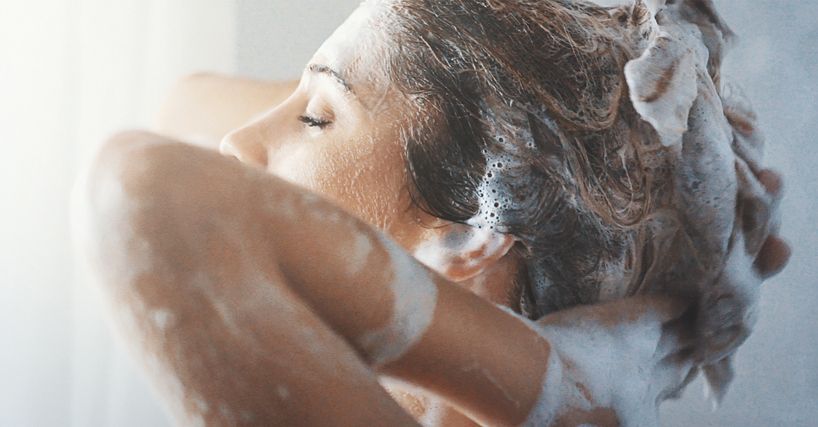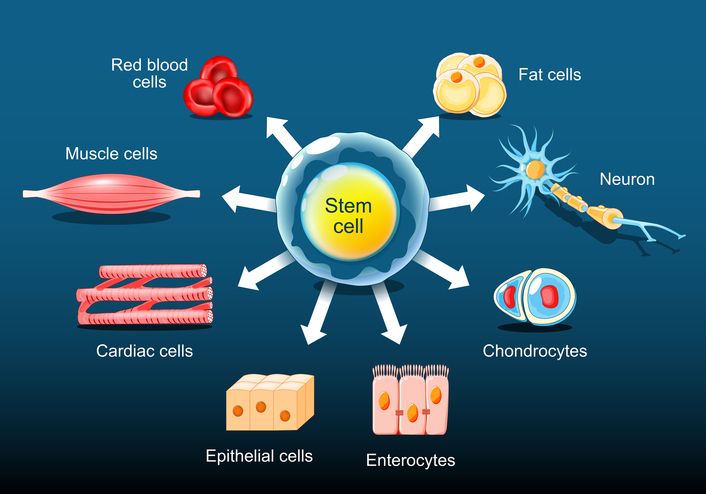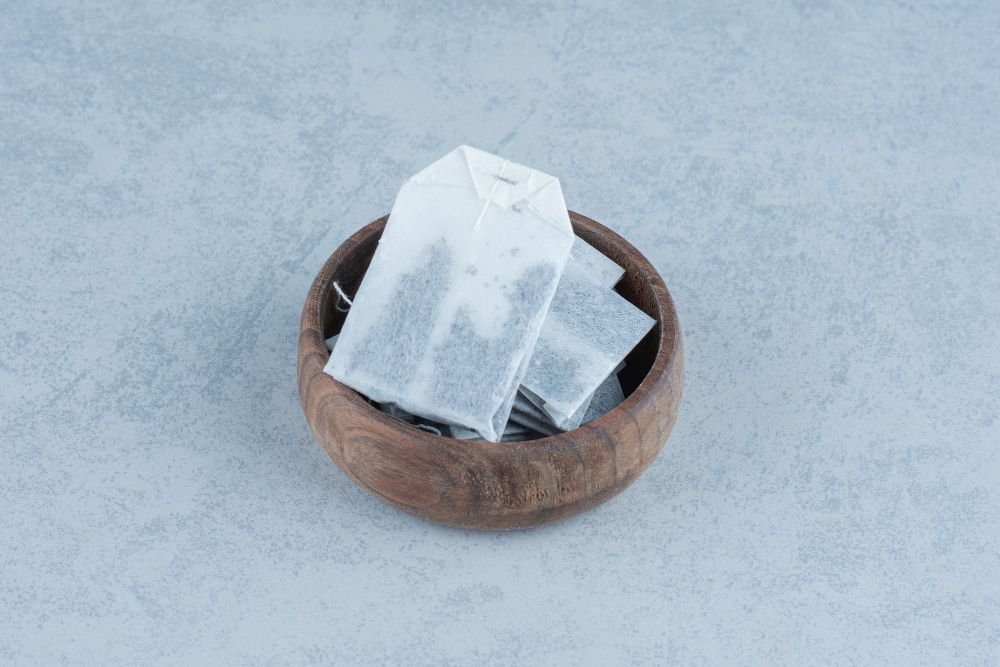
Book Now to Experience
B6 Bust Lift Treatment
1 Minute Self-Registration
Date should not be before minimal date
Author: Leila Tan|Updated: 23 July 2024
Breast implants have become very common as a way to improve one's appearance and sense of self-worth. But like any surgery, breast augmentation with implants comes with some risks and possible side effects that people should know about before making a choice. In this article, we'll talk about the side effects of breast implants and give you a full picture of the risks and problems that could come with this kind of cosmetic surgery. To some that may still wonder about breast implants, they are prosthetic devices made of silicone or saline that are surgically put under the breast tissue or chest muscle to change the size and shape of the breasts. Many people get breast augmentation to boost their confidence, get their breasts back to the size they were before pregnancy or weight loss, or make their bodies look better balanced.

1
Why the Need for Breast Implants?
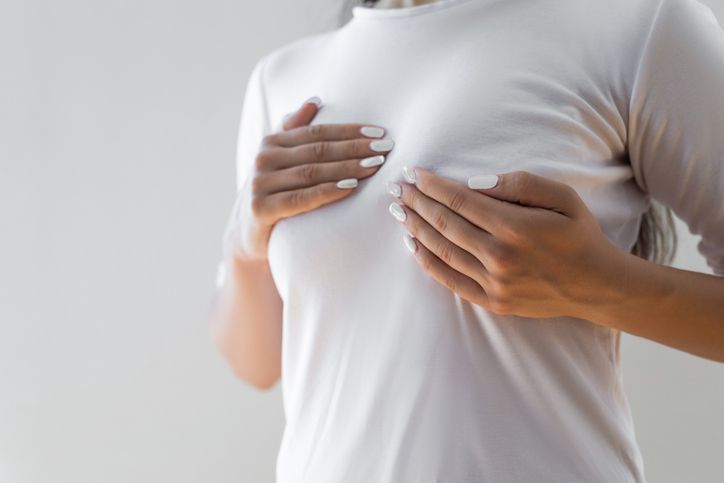
Women may get breast implants for many different reasons, and it's important to know that each woman's reasons can be different. Here are a few of the most popular reasons why women choose to get breast implants:
Enhancing self-confidence
Breast implants are popular among women who want to improve their self-esteem and physical image. Breast augmentation can make people feel more confident and comfortable with their looks, which can lead to increased self-confidence in other areas of life.
Restoring breast volume
Loss of breast size and form can be caused by pregnancy, breastfeeding, losing weight, or just getting older. Breast implants can help return the fullness and shape of younger breasts, making the body look more balanced and proportionate.
Improving breast symmetry
Some women are born with one breast that is bigger or has a different shape than the other. Breast augmentation can fix this unevenness, making the breasts look more regular and in tune with each other.
Reconstruction after mastectomy
For women who have had a mastectomy because of breast cancer or for other medical reasons, breast implants can be a very important part of their breast replacement. Reconstruction helps return the shape and size of the breasts, which helps the body and mind heal.
Correcting congenital abnormalities
Women who were born with a birth defect, like tuberous breasts or Poland syndrome, may choose to get breast implants as part of their surgery to fix the problem. This can help change the shape of your breasts and make your body look more even.
Clothing fit and fashion choices
Some women want breast implants so they can wear certain types of clothes or feel more comfortable in swimsuits or lingerie. Breast augmentation can give you a bigger bust so you can wear more clothes and show off your own style.
Personal satisfaction
In the end, it's up to each person to decide whether or not to get breast implants. Women might just want to change how they look and feel better about their bodies. When thinking about a cosmetic treatment, it's important to put your own happiness and well-being first.

2
How Many Types of Breast Implants are out there?
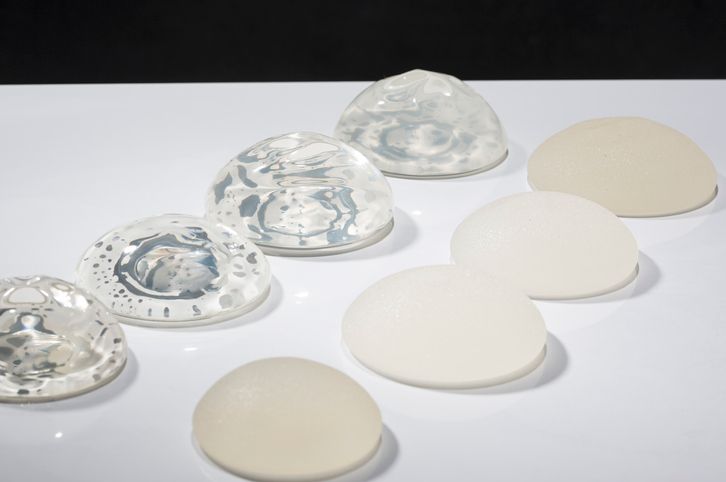
There are different kinds of breast implants that can be used in breast enlargement. There are three main types:
Saline implants
A clean saline solution is put inside these implants. They have a plastic shell that is put into the breast tissue and then filled with saline solution. Breasts with saline implants are hard and have the same shape.
Silicone implants
They are prosthetics with a silicone shell filled with a silicone gel that sticks together,the silicone gel inside these implants is made to feel like real breast flesh as closely as possible. It is a gel that stays in place and keeps its shape, giving the breasts a more realistic look and feel. The outside of the device is made of a tough material called silicone.
Gummy bear implants
Gummy bear implants, also called form-stable implants, are made of a highly durable silicone gel that keeps its shape even if the implant shell is broken. The gel inside these devices is thicker, like the gel inside gummy bear candies. Gummy bear implants are made to look more realistic and stay in place better.

3
Side Effects of Breast Implants
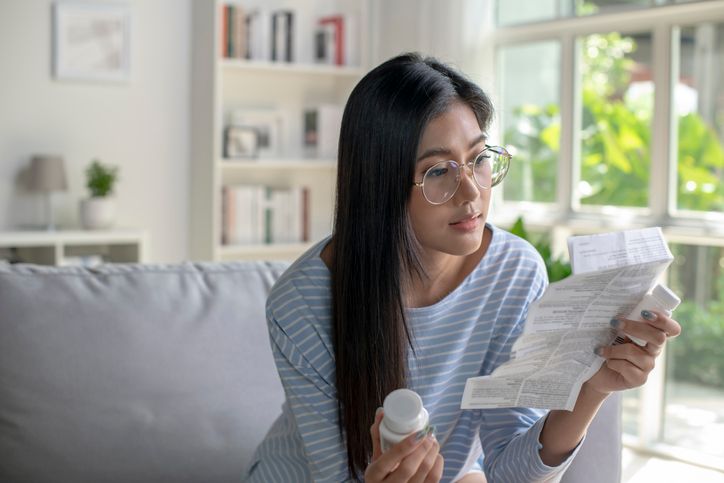
Some of the most common side effects of breast implants are pain, swelling, redness, and changes in how the breast or nipple feel. Most of the time, these are brief and go away after a few weeks. But some patients may have problems that are more dangerous or last longer, such as:
Implant rupture or leak
This happens when the shell of the implant breaks or tears, letting the saline or silicone gel leak out into the tissue around it. This can lead to the implant deflating, a change in the shape or size of the breast, pain, an infection, or swelling. Implant rupture can be caused by a number of things, such as capsular contracture, compression during a mammogram, damage from surgical tools, normal wear and tear on the implant, or chest injuries. A broken implant may not be obvious at first and may need imaging tests to be found. The implant may need to be taken out or put in a new place.
Capsular contracture
This happens when the scar tissue that grows around the implant squeezes and tightens it, making it hard, misshapen, or painful. After surgery, capsular contracture can happen at any time, but it happens more often in the first few years. Capsular contracture is hard to figure out, but it may be caused by an infection, inflammation, bleeding, or a response to a foreign body. Medication, massage, surgery to break up or remove scar tissue, or removal or replacement of the implant may be used to treat the condition.
Breast implant-associated anaplastic large cell lymphoma (BIA-ALCL)
This is a rare type of cancer of the immune system called non-Hodgkin's lymphoma that can grow in the scar tissue around the implant. Most of the time, BIA-ALCL is linked to rough implants instead of smooth implants. BIA-ALCL can cause swelling, pain, lumps, or fluid to build up around the implant, among other things. The implant and the scar tissue capsule may need to be taken out. Chemotherapy, radiation therapy, or targeted treatment may also be used.
Systemic symptoms
After getting breast implants, some people may feel different things in different parts of their bodies. Some of these signs are tiredness, trouble remembering things, skin rashes, trouble focusing and thinking clearly, and pain in the joints. Some people call these symptoms breast implant sickness (BII), but there is no clear proof that they are caused by breast implants or that they get better when they are taken out. It's not clear how these symptoms are related to breast implants, and they could be caused by other things like genetics, environmental exposure, living habits, or health problems that were already there.
Pain or Discomfort
In the first few days after surgery, it is normal to feel some pain or soreness, especially around the incision site and the chest area. You may also have swelling, bruises, and a feeling that your breasts are too tight. Your doctor will give you painkillers and tell you how to take care of your cuts and lower the swelling. Over time, the pain and stiffness should get better, but if they don't or get worse, you should call your doctor.
Changes in breast or nipple sensation
Breast implants may make your breasts or nipples less sensitive, either temporarily or for good. After surgery, your breasts or nipples may feel cold, tingly, burning, or more sensitive than before. These changes could change how you respond sexually or how well you can nurse. Most of the time, these changes are short-term and go away after a few months. However, in some cases, they may be lasting.
Infection
A rare but dangerous problem that can happen after breast implant surgery is an infection. It can happen at any point after surgery, but it happens most often in the first six weeks. If you have a fever, redness, warmth, pus, a foul-smelling discharge, or more pain around your cut site or breast, you might have an infection.
Scarring
Breast augmentation, like any other surgical surgery, will result in scarring. The manner in which the incision was made as well as each person's unique healing process can have an effect on the size and visibility of the resulting scars. Scarring can be reduced by taking good care of wounds and carefully following any postoperative recommendations given.

4
A Non-Surgical Approach to get your Desired Breast Size
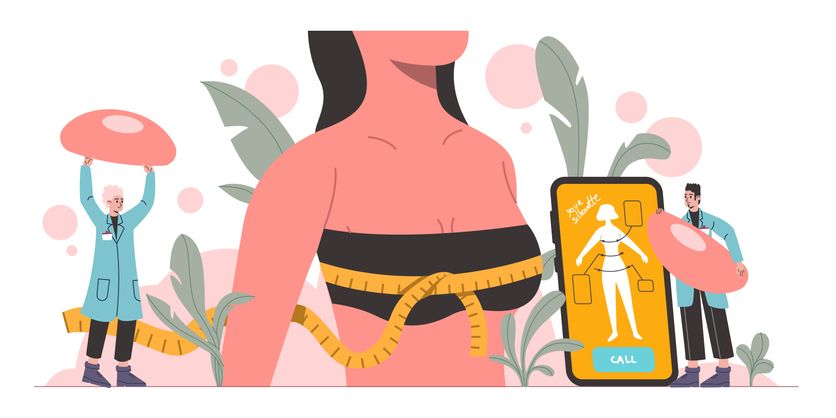
Breast surgery, like breast augmentation, is a popular way to make breasts bigger, but there are other ways to do it that don't involve surgery. Even though these methods might not give as big or long-lasting effects as surgery, they can still help improve the look of the breasts. Here are some ways to get bigger breasts without surgery:
Breast enhancement exercises
Some workouts can help strengthen and tone the muscles under the breasts, which can make the breasts look lifted and fuller. Push-ups, chest presses, dumbbell flies, and wall pushes are all ways to work the chest muscles. Regular and constant exercise can help tone your muscles and make your breasts feel firmer.
Breast massage
By massaging the breasts in a circular motion, you can help get the lymph and blood flowing through the breast tissue. This could help breast tissue grow and make the breasts look better generally. During the massage, it is important to use light, upward strokes, and a moisturiser or natural oil that is right for the skin.
Herbal supplements
People think that the oestrogen-like qualities of some herbal supplements make breasts grow. There are fenugreek, fennel seeds, saw palmetto, wild yam, and red clover in these products. But it's important to talk to a doctor before taking any vitamins to make sure they are safe and effective.
Wearing push-ups or padded bras
A push-up or padded bra that fits well can quickly make the breasts look better by giving them lift, volume, and cleavage. These bras are made to push the breasts up and in, giving the impression that the breasts are bigger. To make sure you get the right size and fit, it's best to have a professional fit for a bra.
Optical illusions with clothing
Choosing styles of clothes that give the impression of a bigger bust can also help. Tops with ruffles, frills, or other details around the chest can make the breasts look bigger and draw attention to them. Also, having a bra that fits well and gives the right amount of support can lift and shape the breasts, making them look fuller.
It's important to remember that these non-surgical methods work differently for different people, and the effects may be small. Though there is a treatment that can be beneficial and much faster to achieve your desired breast size and not worry about the side effects that come with breast surgery. That treatment is B6 Bust Lift Treatment by New Beauty.

Book Now to Experience
B6 Bust Lift Treatment
1 Minute Self-Registration
Date should not be before minimal date

5
How B6 Bust Lift Treatment Can Make Your Worries Go Away
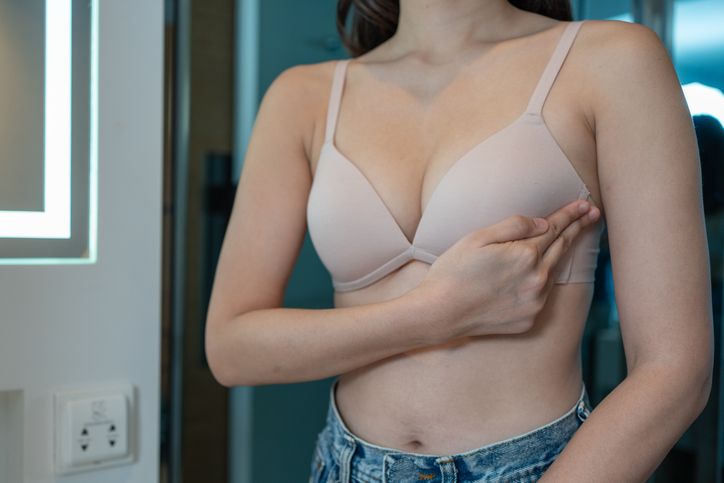
New Beauty's B6 Bus Lift Treatment is a non-surgical treatment and uses non-invasive technology to engage the mammary gland lobes to secrete hormones by stimulating the acupoints associated with the breast tissue. For firmer-looking breast outlines, the hormones address slack breast tissue. Additionally, massages move side-set fat to the chest to enhance the body's curve.
The breast tissues primarily consist of fat, with very little muscle. Age-related collagen loss makes it harder for the breast tissue and fat to be sustained. Older women frequently experience breast laxity since they don't regularly exercise and activate their chest muscles. The B6 Bust Lift Treatment stimulates the acupoints in the breast tissues to encourage blood flow, resulting in a quicker metabolism and a healthier set of breasts.

6
Conclusion
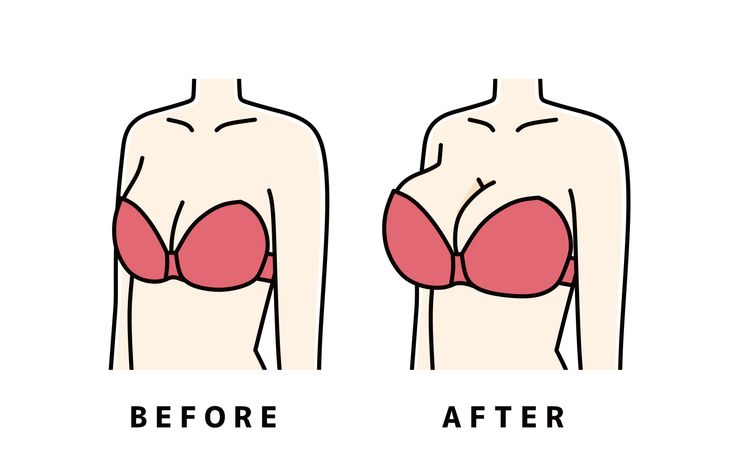
Individuals can achieve their intended breast shape and size with breast implants. Nonetheless, it is essential to understand the potential adverse effects and risks of the procedure. Pain, capsular contracture, infection, implant rupture, changes in sensation, and scarring are frequent side effects, while ALCL and BIA-ALCL are rare but severe complications. Psychological considerations and appropriate management techniques can help ensure a positive breast implant experience. But why go through these side effects of breast surgery when there is another method that can help u achieve your goal too? Get your treatment today with New Beauty's B6 Bust Lift Treatment!
FAQ
1. Are breast implants safe?
Breast implants are generally seen to be safe, although there is always the possibility of issues and hazards associated with any medical procedure. It is essential to have a conversation about these potential dangers with an experienced plastic surgeon before coming to a decision.
2. How long do breast implants last?
There are a number of factors that can affect how long breast implants last, including the type of implant, personal circumstances, and lifestyle choices. Although implants are not considered to be permanent devices, many of them can persist for several years or even longer than that.
3. Can breast implants affect breastfeeding?
Although there is a possibility that breast implants can interfere with nursing, it is crucial to note that the majority of women who have breast implants are still able to effectively nurse their children. Before getting breast implants, it is important to have a conversation with your surgeon about whether or not you intend to breastfeed your child.
4. What is the recovery process like after breast implant surgery?
The recuperation period following breast implant surgery can be rather variable depending, not only on the patient but also on the method of surgery that was performed. It typically entails refraining from heavy lifting, limiting your physical activity for a period of a few weeks, and following the postoperative recommendations given by the physician.
5. Can breast implants increase the risk of breast cancer?
The chance of developing breast cancer is not increased by having breast implants. On the other hand, they can make it more difficult to identify breast cancer with mammograms, which means that other imaging modalities might be necessary.

Book Now to Experience
B6 Bust Lift Treatment
1 Minute Self-Registration
Date should not be before minimal date
Recommended Articles
COPYRIGHT© NEW BEAUTY MANAGEMENT LIMITED 2025. ALL RIGHT RESERVED.

